
Conquering the Frontier: Troubleshooting Challenges in Deploying 400GBASE-FR8 Networks
The insatiable data appetite of modern applications is pushing network infrastructure to its limits. Enter 400GBASE-FR8, a revolutionary leap in Ethernet technology promising blazing-fast connectivity for data centres and 5G backhaul. While the allure of quadrupling bandwidth is undeniable, deploying 400GBASE-FR8 is no walk in the park. It throws down the gauntlet to network engineers, demanding mastery of new technologies and vigilance against unforeseen challenges.
This blog dives headfirst into the troubleshooting waters, navigating the top five hurdles you might encounter while grappling with 400GBASE-FR8 deployment:
- Demystifying PAM4 and the Art of Signal Integrity:
Gone are the days of simple NRZ signalling. 400GBASE-FR8 embraces Pulse Amplitude Modulation with 4 levels (PAM4), packing twice the data into each lane compared to its predecessors. While this doubles your bandwidth, it also throws signal integrity into the spotlight. Eye closure—the overlapping of PAM4 signal levels—becomes a critical foe, leading to errors and reduced speeds. Mastering techniques like pre-emphasis, channel equalization, and Forward Error Correction (FEC) becomes paramount to ensure pristine signal transmission.
Troubleshooting Tip: Monitor eye diagrams and error rates closely. Invest in diagnostic tools capable of deciphering PAM4 signals and isolating sources of eye closure.
- Taming the 8-headed Beast: Multilane Synchronisation:
400GBASE-FR8 crams eight 50Gbps lanes into a single QSFP-DD module, demanding pinpoint synchronization between them. Any skewing in lane timing disrupts communication, causing data corruption and performance degradation. Mastering clock distribution and managing lane-to-lane skew are crucial skills for a 400GBASE-FR8 warrior.
Troubleshooting Tip: Utilize tools like Time Interval Analyzer (TIA) to measure and adjust lane skew. Employ high-precision reference clocks and distributed synchronization mechanisms to maintain impeccable timing across all lanes.
- Wavelength Wars: The Delicate Dance of LWDM:
To squeeze eight channels onto a single fibre, 400GBASE-FR8 employs Lambda-Wavelength Division Multiplexing (LWDM). Each channel occupies a distinct wavelength within the specified spectrum. However, this color-coded symphony can turn discordant if wavelengths drift or crosstalk. Improper filtering, dispersion, and channel power imbalances can wreak havoc on signal integrity, requiring laser calibration and meticulous channel management.
Troubleshooting Tip: Invest in optical spectrum analysers to monitor wavelength accuracy and channel power levels. Implement proper filtering and dispersion compensation techniques to minimize crosstalk and ensure spectral purity.
- Heat of the Battle: Thermal Management in High-Density Environments:
Packing four times the data in the same footprint comes with a price—increased heat generation. 400GBASE-DD modules dissipate significantly more power than their predecessors, putting thermal management at the forefront of your concerns. Inadequate cooling can lead to thermal throttling, reduced performance, and even module failure.
Troubleshooting Tip: Ensure proper airflow within your networking equipment. Consider high-performance cooling solutions like heat sinks and fans specifically designed for QSFP-DD modules. Monitor module temperatures closely and implement thermal throttling if necessary.
- The Software Maestro: Firmware Finesse and Interoperability:
400GBASE-FR8 is a complex ecosystem, and smooth operation relies heavily on compatible firmware and software across switches, controllers, and transceivers. Different vendors implement specific functionalities and features, and ensuring flawless interoperability requires careful attention to vendor compatibility matrices and firmware updates.
Troubleshooting Tip: Maintain vendor compatibility charts and meticulously apply firmware updates as they become available. Utilize vendor support resources and interoperability testing tools to address compatibility issues early.
Beyond the Frontier: Industry Applications, Troubleshooting Tips, and Compatible Devices for 400GBASE-FR8
While conquering the technical hurdles of 400GBASE-FR8 deployment is crucial, understanding its real-world applications and compatible devices paints a fuller picture of this game-changing technology. So, let’s venture beyond the technical frontier and explore these aspects:
Industry Applications:
400GBASE-FR8 isn’t just a technology, it’s a catalyst for advancements across various industries. Here are some prominent use cases:
- Data Centres: Cloud providers and hyperscalers grappling with explosive data growth are prime beneficiaries. 400GBASE-FR8 fuels high-performance computing, denser server racks, and faster in-rack and spine-to-leaf fabric connections.
- 5G Backhaul: With the data deluge unleashed by 5G, 400GBASE-FR8 connects cell towers to core networks with unparalleled speed, enabling seamless video streaming, low latency applications, and network slicing for diverse demands.
- Financial Services: High-frequency trading relies on lightning-fast data exchange. 400GBASE-FR8 empowers faster order execution, real-time market analysis, and risk management for financial institutions.
- Healthcare: Telemedicine, remote surgery, and real-time data analysis for personalized medicine all benefit from the bandwidth boost of 400GBASE-FR8, enabling faster data transfer and smoother collaboration between medical professionals.
- Media and Entertainment: Content creators and distributors pushing the boundaries of immersive experiences like VR and AR require the blazing speed of 400GBASE-FR8 to handle massive data transfers and real-time rendering.
Troubleshooting Tips Beyond the Basics:
Remember, the troubleshooting journey doesn’t end with the five major challenges discussed earlier. Here are some additional tips to keep in mind:
- Fiber and Connector Cleanliness: Tiny dust particles on fibre connectors can significantly impact signal quality. Invest in proper cleaning tools and procedures to maintain pristine connections.
- Grounding and Power Stability: Improper grounding and power fluctuations can wreak havoc on your network. Ensure proper grounding and stable power supply to avoid electrical noise and device malfunctions.
- Security Considerations: The high-bandwidth nature of 400GBASE-FR8 makes it more susceptible to security threats. Implement robust security measures like encryption and network segmentation to protect your data.
- Documentation and Change Management: Keep meticulous documentation of your network configuration changes and troubleshooting steps. This helps in faster diagnosis and avoids regression issues.
Compatible Devices:
With the rapid adoption of 400GBASE-FR8, several leading vendors offer compatible switches, transceivers, and other network equipment. Here are some notable examples:
- Switches: Arista Networks 7300X series, Cisco Nexus 9500 series, Juniper MX2020, and Extreme Fabric Connect X690.
- Transceivers: Cisco QSFP-DD-400G-SR8, Arista QSFP-DD-400G-FR8, Juniper QSFP-DD-400G-LR8, and Innovium EN4100 QSFP-DD-400G.
- Network Analysers: Keysight N8900 Series, Exfo MaxTester 940, VIAVI Terragraph-5G Pro, and Anritsu MP2100A 400G BERT Tester.
Gazing Beyond the Horizon: Future Advancements and Challenges in 400GBASE-FR8 and Beyond
400GBASE-FR8 is undoubtedly a game-changer, but the ever-evolving landscape of network technology beckons us to look beyond the present. Let’s peer into the crystal ball and discuss the exciting advancements and potential challenges that lie ahead in the world of high-speed networking:
Advancements on the Horizon:
- 800GBASE-FR8 and Beyond: The insatiable data appetite will propel us towards even higher bandwidths. The 800GBASE-FR8 standard is already on the horizon, promising to double the current speed. Future possibilities like 1.6TBASE-FR8 and even higher bandwidths are being explored, pushing the boundaries of physical limitations.
- Advanced Modulation Techniques: PAM8 and beyond are being investigated, packing even more data into each lane and increasing overall throughput. However, these advances will require further refinements in signal processing and error correction techniques.
- Silicon Photonics Integration: Integrating optical components directly into silicon chips promises smaller form factors, lower power consumption, and higher density networks. This technological marvel could revolutionize data centre design and connectivity.
- AI-Powered Network Management: Artificial intelligence will play a crucial role in automating network operations, optimizing traffic flow, and predicting potential issues. By leveraging AI, we can build self-healing, adaptive networks that can efficiently handle the demands of tomorrow.
Challenges to Navigate:
- Cost and Adoption: While the benefits of higher bandwidth are undeniable, the initial cost of deploying new technologies like 800GBASE-FR8 and beyond might create adoption hurdles. Wider adoption and economies of scale will be crucial for driving down costs and making these technologies accessible to a broader range of users.
- Power Consumption and Heat Dissipation: The increased power demands of higher bandwidth technologies need to be addressed. Innovative cooling solutions and architectural advancements will be necessary to manage heat dissipation effectively in high-density environments.
- Security Concerns: The larger attack surface presented by faster networks, coupled with the potential for increased complexity, demands even more robust security measures. Continuous evolution of cybersecurity tools and protocols will be critical to safeguard data and protect against evolving threats.
- Standardization and Interoperability: As different vendors develop and implement new technologies, ensuring seamless interoperability across diverse network elements will be crucial. Continued collaboration and adherence to open standards will be essential for building a truly unified and interoperable network infrastructure.
Conclusion –
The future of high-speed networking is brimming with exciting possibilities. 400GBASE-FR8 may be the present marvel, but it’s just a stepping stone on a path towards even greater connectivity. Overcoming the challenges and embracing the advancements promises to unlock unprecedented data transfer speeds, reshape network architectures, and pave the way for a future where information flows freely and seamlessly.
By anticipating these challenges and actively working towards solutions, we can ensure that the evolution of high-speed networking continues to empower innovation, propel economic growth, and connect the world like never before. So, let’s embrace the future with open minds and a spirit of collaboration, and together, we can shape a connected world built on the foundation of revolutionary technologies like 400GBASE-FR8 and its successors.

FAQ's
Signal integrity (PAM4), multilane synchronization, LWDM wavelength management, thermal handling, and interoperability
Adjust pre-emphasis, equalization, and FEC settings. Monitor eye diagrams and error rates.
Time Interval Analyzer (TIA) to measure lane skew. Precision reference clocks and distributed synchronization mechanisms.
Check compatibility matrices and update firmware. Utilize vendor support resources and interoperability testing tools
Cost and adoption, power consumption, security concerns, and standardization/interoperability.
800GBASE-FR8 and beyond, advanced modulation techniques, silicon photonics integration, and AI-powered network management.
Start gradually, based on your critical needs and budget. Prioritize high-traffic segments and strategically phase in the upgrade.
NRZ uses two voltage levels, while PAM4 uses four, doubling data capacity per lane but requiring more precise signal integrity management.
Expect higher power draw and heat generation compared to older technologies. Careful planning and cooling solutions are crucial to maintain optimal performance and prevent thermal issues.
While primarily targeted at larger organizations, SMBs can also benefit from cloud services and applications enabled by this technology, potentially requiring less on-premises equipment but faster connectivity.
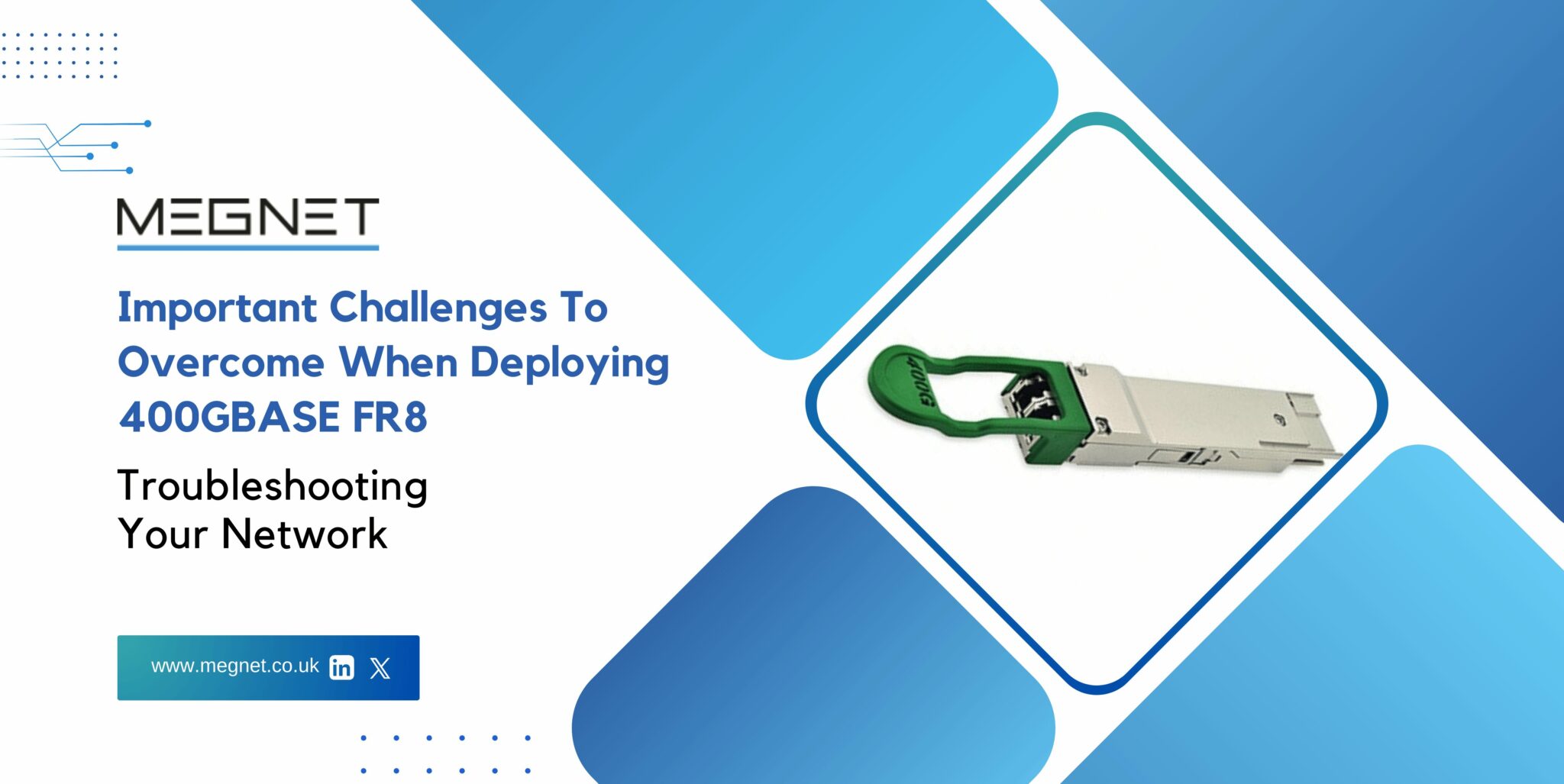
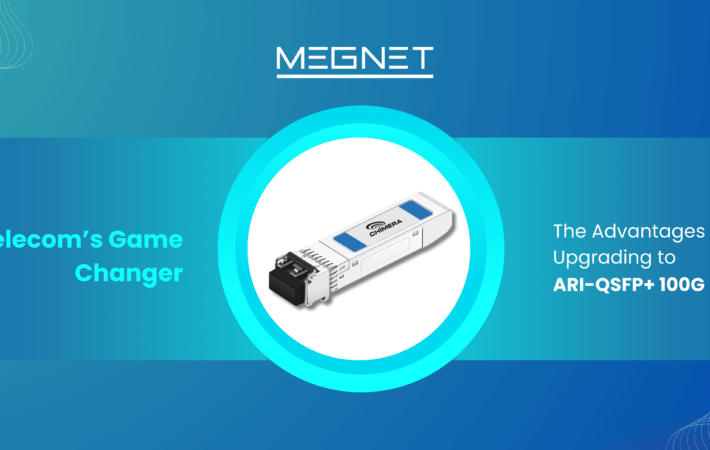

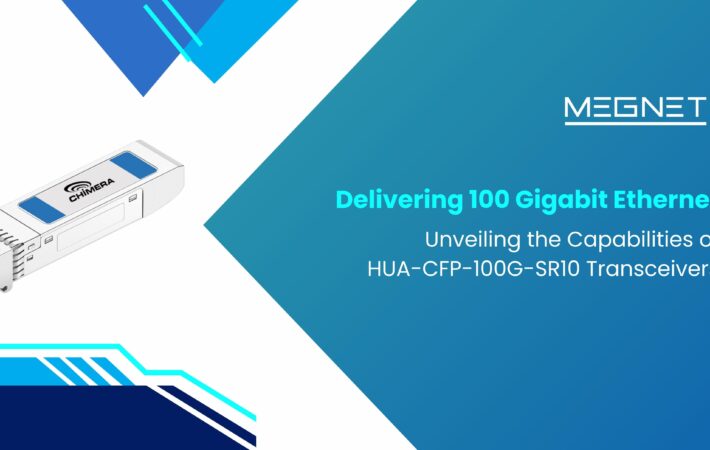
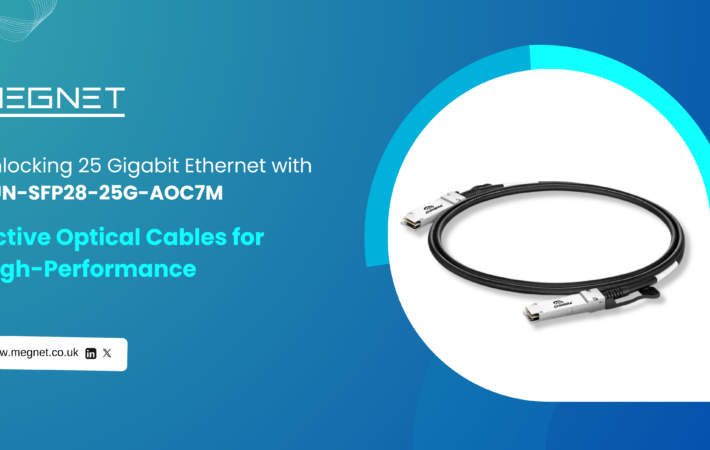
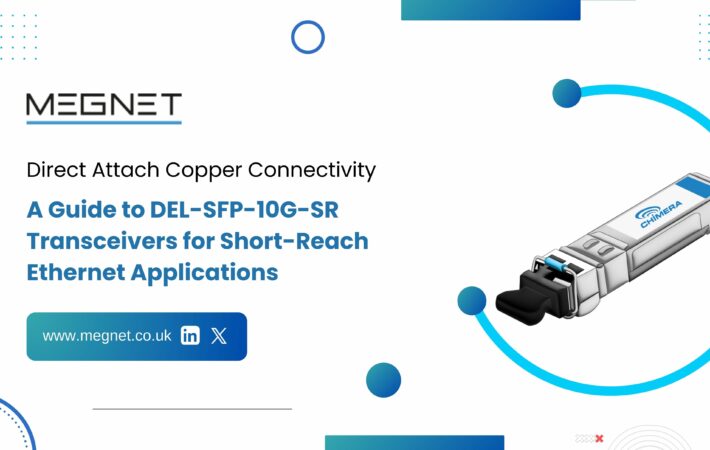


Leave a comment
Your email address will not be published. Required fields are marked *